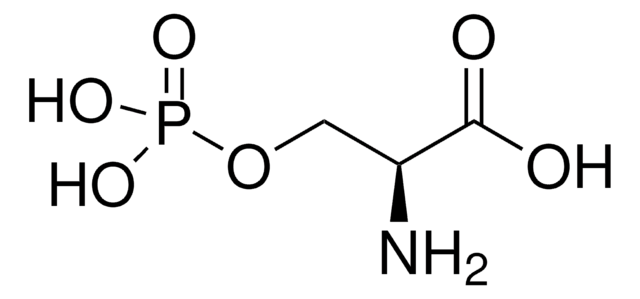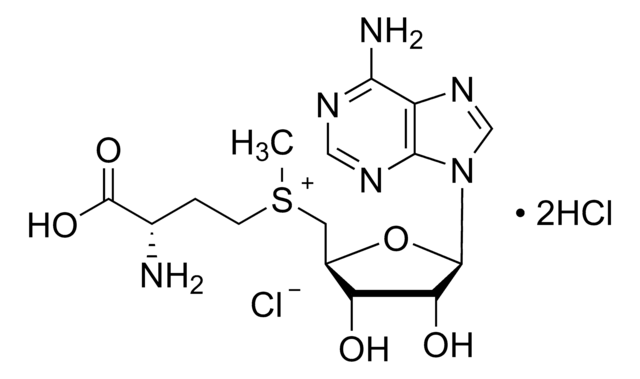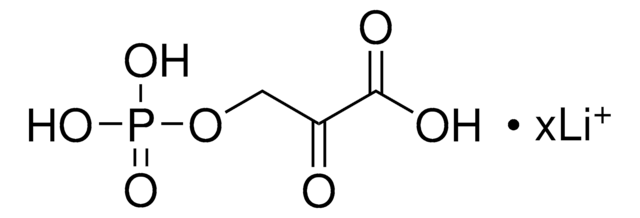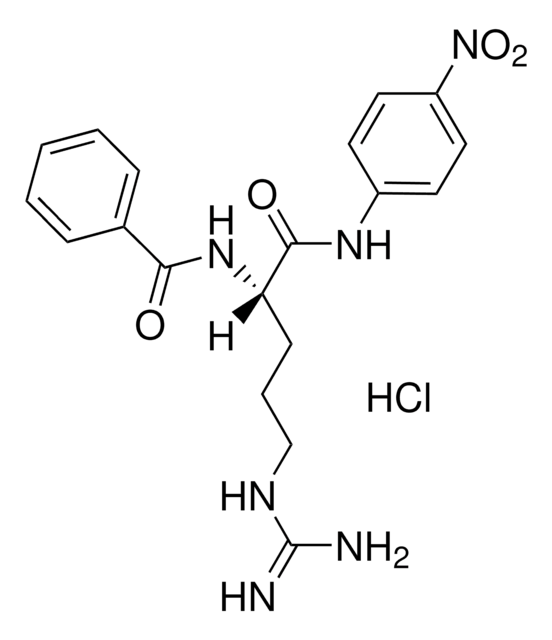Kluczowe dokumenty
04668
O-Phospho-L-homoserine lithium salt
≥95% (TLC)
Synonim(y):
O-Phosphono-L-homoserine lithium salt, L-2-Amino-4-hydroxybutyric acid 4-phosphate lithium salt, L-Homoserine O-phosphate lithium salt, H-Hse(PO3H2)-OH
About This Item
Polecane produkty
Poziom jakości
Próba
≥95% (TLC)
Postać
powder
aktywność optyczna
[α]/D -18.0±2.0°, c = 1 in H2O
kolor
white to off-white
temp. przechowywania
−20°C
InChI
1S/C4H10NO6P/c5-3(4(6)7)1-2-11-12(8,9)10/h3H,1-2,5H2,(H,6,7)(H2,8,9,10)/t3-/m0/s1
Klucz InChI
FXDNYOANAXWZHG-VKHMYHEASA-N
Działania biochem./fizjol.
Kod klasy składowania
11 - Combustible Solids
Klasa zagrożenia wodnego (WGK)
WGK 3
Temperatura zapłonu (°F)
Not applicable
Temperatura zapłonu (°C)
Not applicable
Certyfikaty analizy (CoA)
Poszukaj Certyfikaty analizy (CoA), wpisując numer partii/serii produktów. Numery serii i partii można znaleźć na etykiecie produktu po słowach „seria” lub „partia”.
Masz już ten produkt?
Dokumenty związane z niedawno zakupionymi produktami zostały zamieszczone w Bibliotece dokumentów.
Nasz zespół naukowców ma doświadczenie we wszystkich obszarach badań, w tym w naukach przyrodniczych, materiałoznawstwie, syntezie chemicznej, chromatografii, analityce i wielu innych dziedzinach.
Skontaktuj się z zespołem ds. pomocy technicznej








